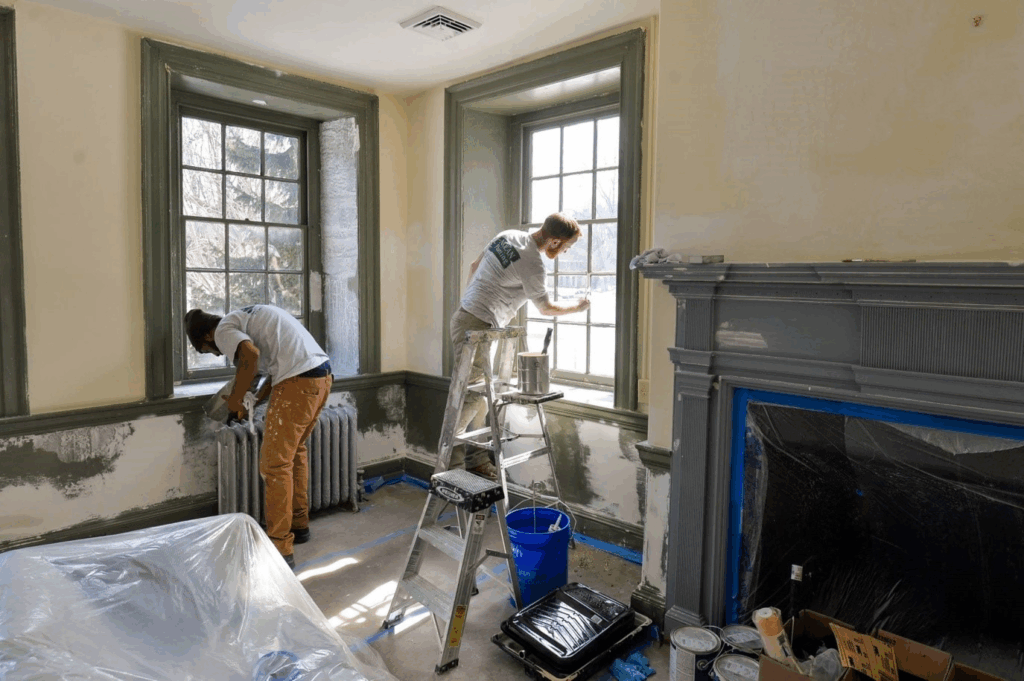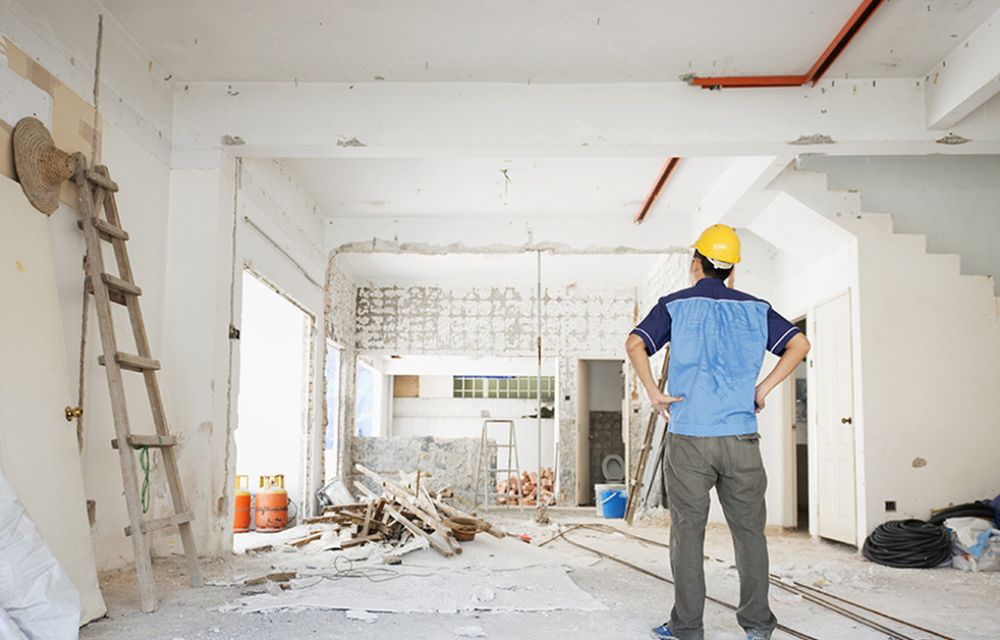Choosing the perfect flooring is one of the most important decisions in any home renovation work. Flooring not only influences the aesthetics of your space but also affects comfort, functionality, and long-term maintenance. With so many options available—from hardwood and tile to vinyl and carpet—it can be overwhelming to pick the best one for your needs. However, understanding the pros and cons of each type and how they align with your lifestyle will help you make an informed choice.
In this article, we’ll guide you through the key considerations when choosing flooring during your home renovation work, and help you make a decision that adds value and style to your home.

1. Understand Your Renovation Goals
Before selecting flooring materials, it’s important to define your overall goals for the renovation. Are you upgrading your space for better aesthetics, planning to sell in the near future, or improving comfort and durability for long-term living?
For instance, if your goal is to increase resale value, hardwood or engineered wood flooring can be a great investment. On the other hand, if you’re more focused on budget-friendly options for a rental unit, vinyl or laminate may be more suitable. Align your flooring decision with your broader renovation objectives for the best outcome.
2. Evaluate Foot Traffic and Room Functionality
Different rooms serve different purposes, and each area has its own flooring demands. High-traffic zones like hallways, kitchens, and living rooms need durable and easy-to-clean materials. Moisture-prone areas like bathrooms and basements require water-resistant options.
- Living Room & Bedrooms: Hardwood, engineered wood, or carpets offer warmth and elegance.
- Kitchen & Entryways: Porcelain tiles or luxury vinyl tiles (LVT) are durable and water-resistant.
- Bathrooms: Ceramic tiles or waterproof vinyl flooring prevent damage from moisture.
- Basements: Vinyl and engineered wood perform better than solid hardwood in below-grade areas.
Choosing the right material for each space is essential for long-lasting results during home renovation work.
3. Consider Maintenance Requirements
Different flooring types come with different levels of upkeep. Hardwood requires occasional polishing and protection from moisture. Tiles are easy to clean but may need regular grout maintenance. Carpets can be cozy but require frequent vacuuming and occasional deep cleaning.
Ask yourself how much time and effort you are willing to invest in maintenance after the home renovation work is complete. If low maintenance is a priority, options like laminate, vinyl, or tiles might be more suitable than hardwood or carpet.
4. Set a Realistic Budget
Your budget will significantly influence your flooring choices. Some materials look luxurious but come at a high price, while others offer great value without compromising aesthetics.
- High-end options: Solid hardwood, natural stone.
- Mid-range: Engineered wood, ceramic or porcelain tiles.
- Budget-friendly: Laminate, sheet vinyl, and LVT.
Remember to include not just the cost of materials, but also installation, underlayment, and possible floor leveling. Always allow a 10-15% buffer in your budget for unforeseen expenses during home renovation work.
5. Match Flooring with Interior Design
The flooring sets the tone for your entire interior. Think about the color palette, furniture, wall colors, and overall theme of your home. Light-colored floors can make a small room feel spacious, while darker shades can create warmth and coziness.
Whether your style is modern, rustic, minimalist, or traditional, make sure your flooring complements your décor. During home renovation work, many homeowners consult interior designers to ensure their flooring aligns with the overall design vision.
6. Check for Sustainability and Eco-Friendliness
If environmental impact is a concern, you can choose eco-friendly flooring options like bamboo, reclaimed wood, or cork. These materials are renewable, sustainable, and emit fewer harmful chemicals compared to traditional synthetic options.
Also, some vinyl and laminate flooring options now come with certifications that verify low emissions and environmentally responsible production processes. Choosing sustainable materials not only benefits the planet but also improves indoor air quality in your home.
7. Don’t Forget Installation and Durability
Flooring installation plays a big role in its longevity. Even the best material can fail if not installed properly. Hiring skilled professionals ensures that the subfloor is leveled, the materials are correctly placed, and any necessary moisture barriers or sound insulation are installed.
Additionally, consider long-term wear and tear. Look for flooring with good warranties and resistance to scratches, stains, and fading, especially if you have children or pets.
Good flooring during home renovation work is a long-term investment, and expert installation ensures that investment pays off over time.

Conclusion: Transform Your Home with Stylish Advanced Decor
When it comes to selecting the right flooring for your home renovation work, every detail matters—from material and durability to style and budget. Making the right choice can elevate the beauty, functionality, and value of your home.
If you’re looking for expert guidance and impeccable execution, Stylish Advanced Decor is a name you can trust. With a proven track record in delivering premium residential and commercial interiors, Stylish Advanced Decor brings together design expertise, high-quality materials, and skilled craftsmanship. Whether you’re revamping a single room or doing a complete home renovation work, Stylish Advanced Decor ensures that your flooring is as stylish and enduring as the rest of your space.


